Table of Contents
Walk into almost any tattoo shop worth its salt, and you'll see them: bold lines, solid colors, timeless images. These aren't just pictures on skin; they are traditional tattoo designs, a style with roots sunk deep into history. Forget fleeting trends or hyper-realistic portraits that might look dated in a decade. We're talking about the classics – anchors, swallows, roses, daggers – images that have adorned sailors, rebels, and everyday folks for generations. There's a reason these designs stick around, literally and figuratively. They carry weight, meaning, and a certain kind of honest beauty.
The Enduring Appeal of Traditional Tattoo Designs
The Enduring Appeal of Traditional Tattoo Designs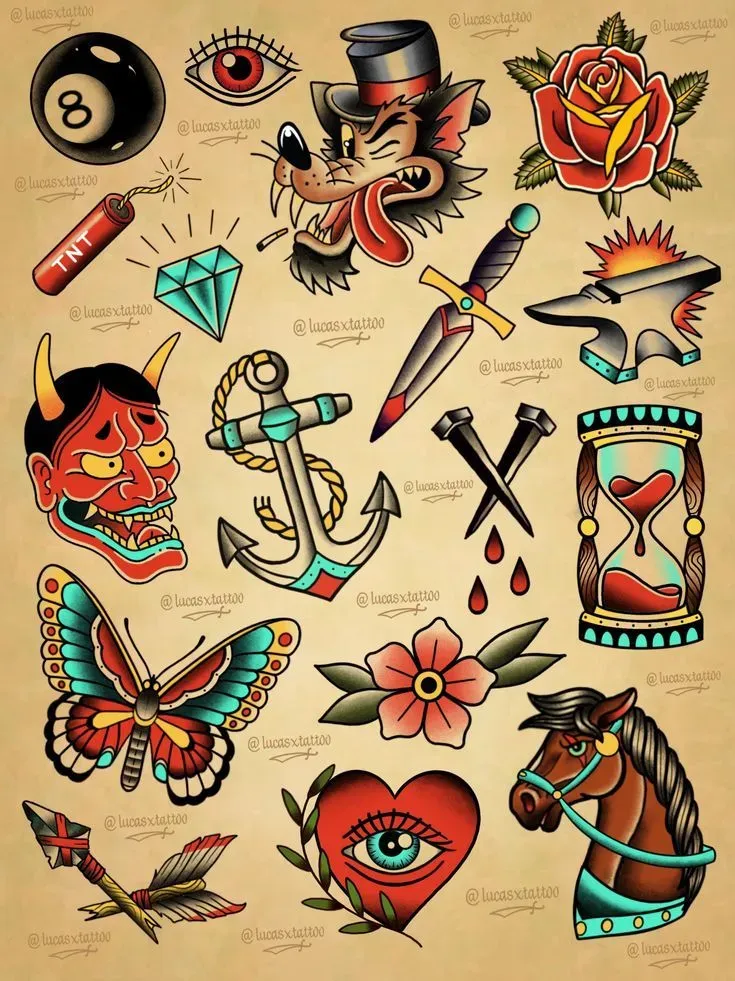
Why These Designs Stick Around
Let's be honest, trends come and go faster than a speeding train. Remember tribal armbands? Or those tiny, delicate script tattoos that fade into illegibility? Traditional tattoo designs, however, have this stubborn refusal to disappear. You see them everywhere, from seasoned collectors to someone getting their first piece. There’s a solidity to them, a confidence in their form and color that just feels right. It's not about chasing the latest fad; it's about choosing something proven, something with a lineage. The enduring appeal of traditional tattoo designs lies in their inherent strength and clarity.
A Link to Tattoo History
These aren't just random images; they are direct descendants of early Western tattooing. Think sailors getting inked in port towns, soldiers marking milestones, or laborers carrying symbols of their trade or beliefs. Artists like Sailor Jerry built an entire visual language out of these motifs. Getting a traditional piece connects you, in a small way, to that history. It’s a nod to the craft's roots, before machines hummed at lightning speed and inks came in a thousand shades. It feels authentic because it is authentic, born from a time when tattoos were less about intricate detail and more about bold statements that could withstand the sun and the sea.
- Anchors: Stability, hope, safe harbor.
- Swallows: Returning home, loyalty, experienced sailor (one swallow per 5,000 nautical miles).
- Roses: Beauty, love, sometimes loss or pain depending on thorns or color.
- Daggers: Sacrifice, courage, protection, sometimes betrayal (if piercing a heart).
- Ships: Journey, adventure, life's voyage.
The Power of Simple, Bold Imagery
Look closely at a well-done traditional tattoo. The lines are thick, black, and deliberate. The color palette is usually limited but vibrant – think bright reds, blues, yellows, and greens, packed solid. There’s minimal shading, often just whip shading or solid fills. This isn't lazy art; it’s a conscious choice for longevity and impact. These designs read clearly from a distance. They stand up to the test of time, aging gracefully unlike more delicate styles. The strength of the imagery, combined with this robust application, is a huge part of The Enduring Appeal of Traditional Tattoo Designs.
Diving into Classic Traditional Tattoo Designs
Diving into Classic Traditional Tattoo Designs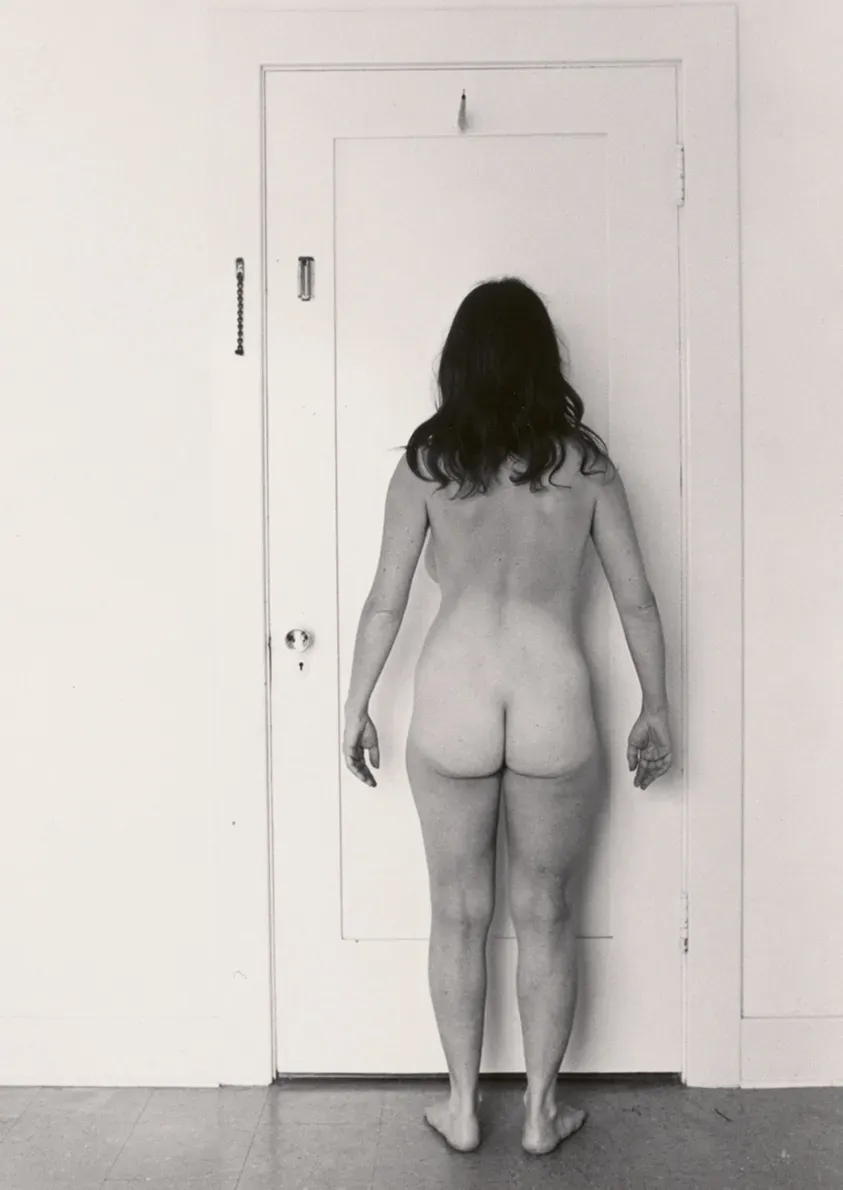
Why These Images Endure
so we've established that traditional tattoo designs stick around. But let's get into the meat of it: what *are* these classic images? Think back to old photos of tattooed folks, maybe your grandpa or a character in a movie about sailors. You probably pictured eagles, hearts, maybe a snake. These aren't random choices. They became classics because they resonated with people, often representing core human experiences – love, loss, freedom, danger, hope. They were simple enough to be drawn quickly and tattooed effectively with the tools available, and bold enough to hold up over time on skin exposed to the elements. It wasn't about subtle nuances; it was about clear, powerful symbols that meant something.
The Pantheon of Classic Designs
When you're Diving into Classic Traditional Tattoo Designs, you encounter a consistent cast of characters. The eagle, often depicted soaring or perched, symbolizes freedom, strength, and patriotism, especially in American traditional. The panther, sleek and powerful, represents independence, stealth, and sometimes a connection to the wild. Skulls, while seemingly morbid, are often seen as reminders of mortality (memento mori) or symbols of rebellion. Hearts, frequently pierced by daggers or wrapped in banners, are the universal language of love, often personalized with names or dates.
Then you have the nautical imagery, the bedrock of this style's history. Ships sailing rough seas, anchors dropped firmly, swallows flying towards land – these spoke directly to the lives of sailors constantly facing peril and longing for home. Even non-sailors adopted these, drawn to the symbolism of journey, stability, and safe return. This shared visual vocabulary is a big part of what makes traditional work instantly recognizable.
Design | Common Meaning(s) | Typical Depiction |
|---|---|---|
Eagle | Freedom, Strength, Patriotism | Soaring, with spread wings, often holding a banner |
Panther | Stealth, Independence, Power | Crawling, snarling, or leaping |
Skull | Mortality, Rebellion, Memento Mori | Various angles, sometimes with wings or snakes |
Heart | Love, Passion, Loss | Often winged, pierced by a dagger, or with a banner |
Rose | Beauty, Love, Duality (with thorns) | Single bloom, often with leaves or thorns |
More Than Just Pictures: Variations and Combinations
While the core images are classic, artists constantly find ways to make them fresh while staying true to the style. You'll see variations in how an eagle is drawn, the specific type of ship, or the color palette used for a rose. Traditional designs are also fantastic building blocks for larger pieces. An artist might combine a skull with a snake, an eagle with a banner, or a heart with a swallow. These combinations create new layers of meaning, telling a more complex story on the skin. It’s not about reinventing the wheel, but about using these powerful, established symbols to create something personal and lasting.
Symbolism Behind Traditional Tattoo Designs
Symbolism Behind Traditional Tattoo Designs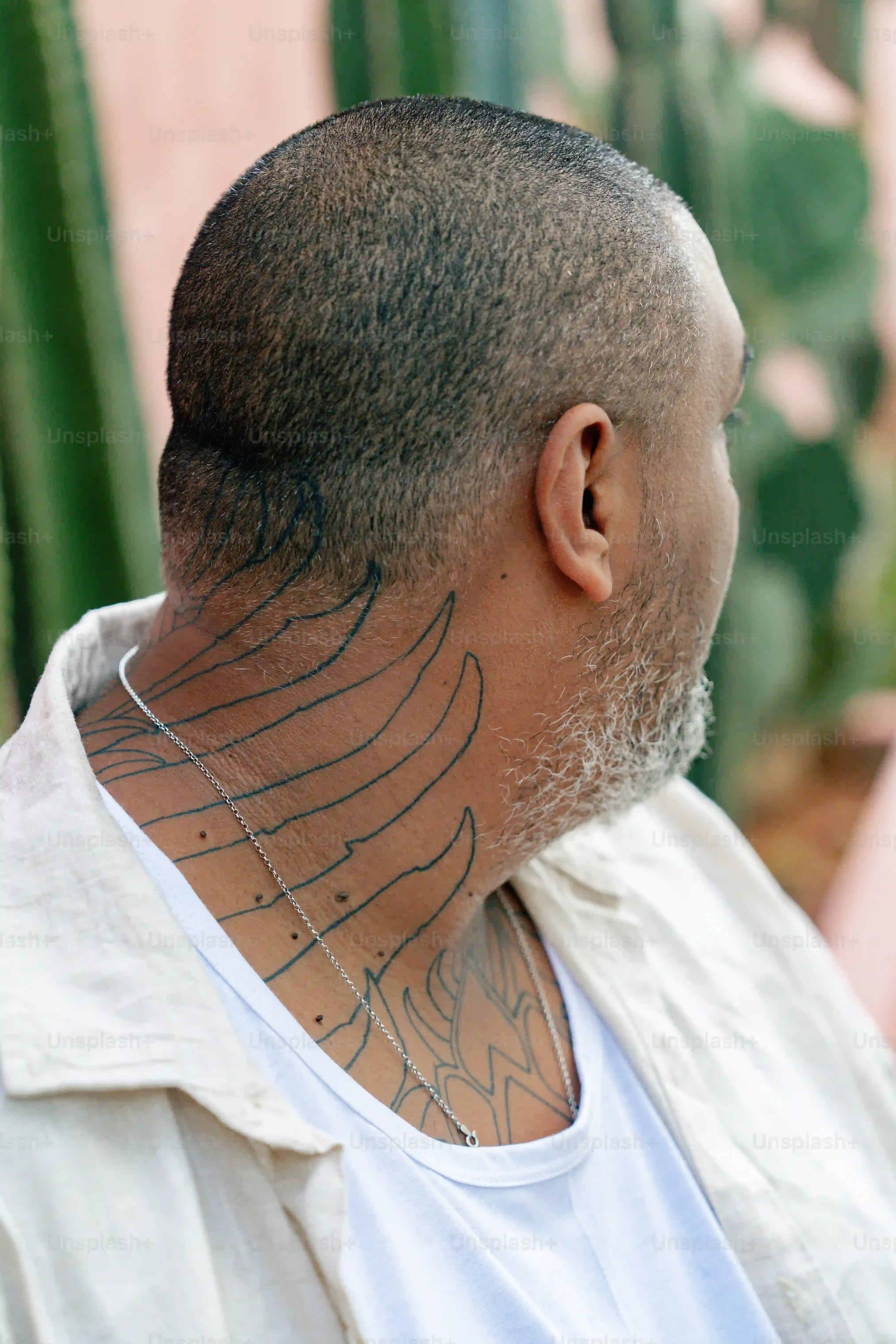
Why Symbols Matter in Ink
so you've seen the eagles, the anchors, the roses. They look cool, sure, but the real punch of traditional tattoo designs often lies in what they represent. These weren't just pretty pictures slapped on sailors or tough guys. Each image carried weight, a hidden language understood by those in the know. It's like getting a secret handshake, but permanently etched on your skin. People chose these symbols because they spoke to something deep within them – a belief, an experience, a hope, or even a warning. Understanding the symbolism behind traditional tattoo designs elevates them from simple illustrations to powerful personal statements.
Decoding the Classic Meanings
Let's dig into a few more examples beyond the basics we listed earlier. A swallow? More than just a bird, it meant a sailor had traveled great distances and, crucially, knew how to get home. If you saw swallows, you knew this person had seen things. A snake? Often represented temptation, knowledge, or even transformation, shedding the old skin for the new. A tiger symbolized power, courage, and independence. These weren't abstract concepts; they were tied to tangible aspects of life, danger, survival, and personal growth. The directness of the image matched the directness of the meaning.
Think about the classic "Mom" heart tattoo. Simple, direct, universally understood love. No need for flowery words or complex imagery. Just a heart and the most important word. This kind of straightforward emotional resonance is key to the enduring power of traditional tattoo designs.
Design | Deeper Symbolism |
|---|---|
Swallow | Return home, loyalty, navigation skill, experience |
Snake | Transformation, knowledge, temptation, healing |
Tiger | Power, independence, courage, wildness |
"Mom" Heart | Unconditional love, dedication to family |
Spiderweb | Time served (prison), being trapped, resilience (catching things) |
Personalizing Universal Symbols
While many traditional tattoo designs have common, historically recognized meanings, that doesn't mean your anchor has to mean *exactly* what it meant to a sailor in 1920. The beauty is that you can take these powerful, established symbols and infuse them with your own personal significance. Maybe that anchor represents the stability you found after a chaotic period in your life, or the swallow symbolizes overcoming your own personal long journey. An artist working in the traditional style can often subtly tweak a design or add elements – like a specific flower with personal meaning or a banner with a significant date – to make a classic image uniquely yours while keeping that iconic, bold look. It's a blend of history and personal narrative, inked together.
The Craft of Traditional Tattooing
The Craft of Traditional Tattooing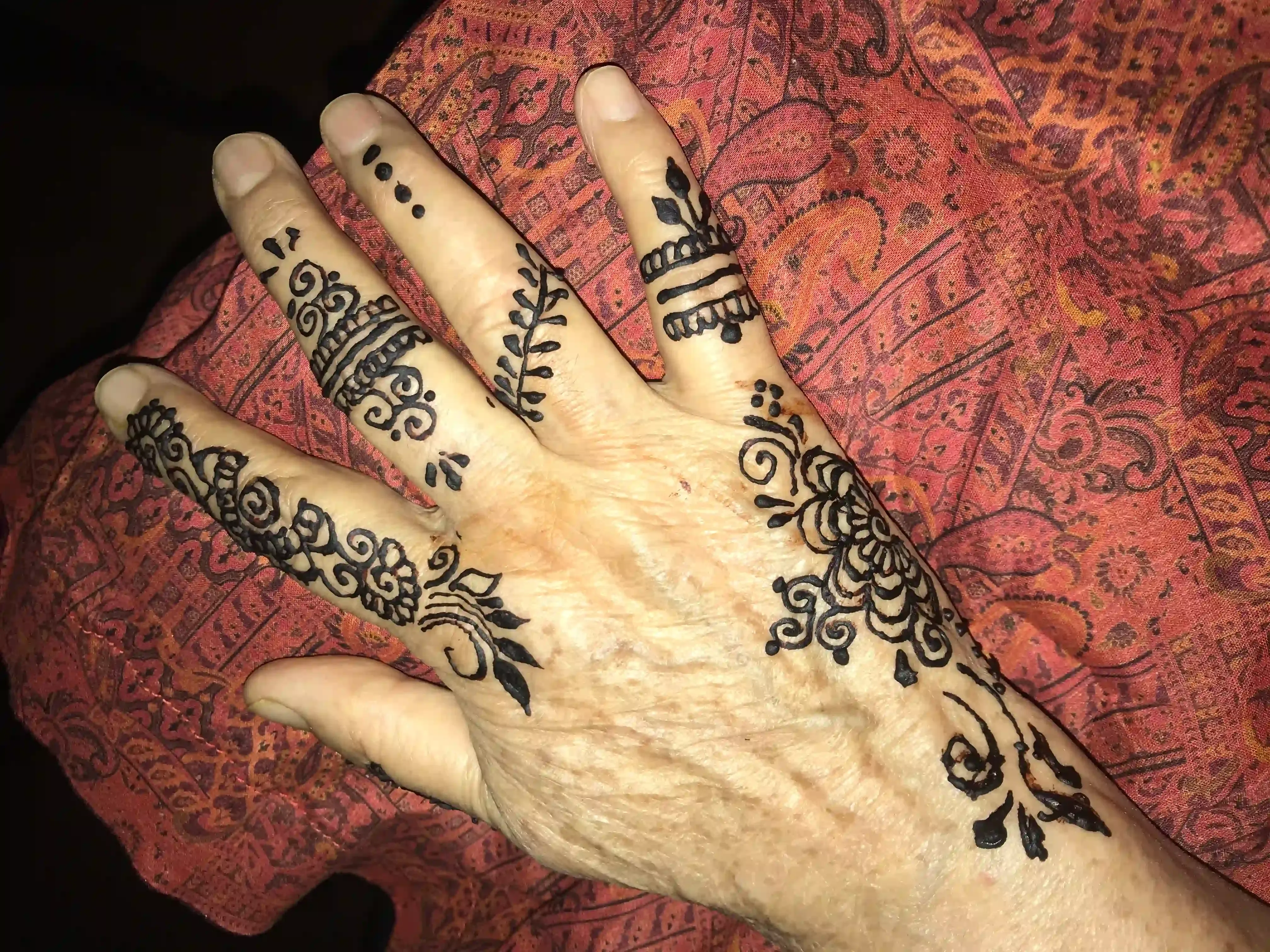
so we've talked about the look and the meaning, but how do these things actually get onto your skin in that distinct style? It's not just about drawing a cool eagle; The Craft of Traditional Tattooing involves specific techniques that give the work its signature appearance and ensure it lasts. Think of it like a specific type of printmaking – you need the right tools and the right hand. It starts with those bold, black outlines. Traditional artists use larger needle groupings for their lines than you might see in fine-line work, often a 9 or 14 round liner. This creates that strong, thick border that holds the whole design together over time. Then comes the color packing. None of that wishy-washy shading; traditional color is packed in solid, vibrant blocks using magnum needles. This saturation is key to the longevity and punchiness of the tattoo. It takes a steady hand and a good understanding of how pigment sits in the skin to get that smooth, even fill without overworking the area. It's less about subtle gradients and more about confident, deliberate application.
Choosing Your Traditional Tattoo Design
Choosing Your Traditional Tattoo Design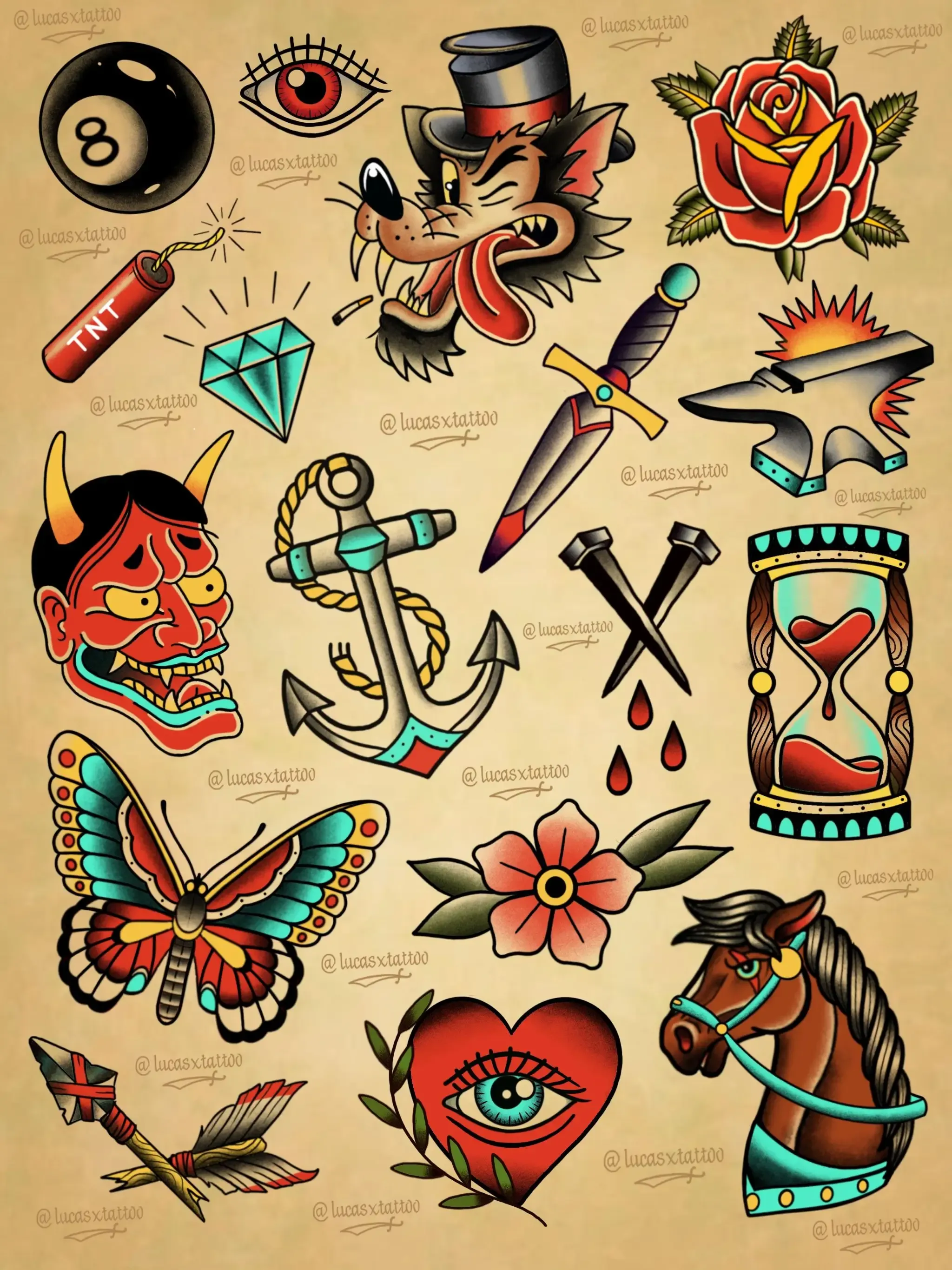
Starting the Search for Your Design
Alright, so you're hooked on the idea of classic ink. You appreciate the history, the boldness, the symbolism. Now comes the fun part, or maybe the slightly daunting part: Choosing Your Traditional Tattoo Design. Where do you even start? Don't just walk into a shop and point at the first cool flash on the wall, though sometimes that works out. Think about what resonates with you. Is it the meaning of a swallow, the raw power of a panther, or the simple, enduring love of a heart? Consider what you want the tattoo to *say* about you, even if it's just to yourself. Look at old flash sheets online or in books. See what images keep catching your eye. Pay attention to the common motifs, but also look for variations. A good traditional artist has drawn these things a thousand times, but they each have their own hand, their own subtle take on a classic.
Don't feel pressured to pick something with some deep, hidden meaning if that's not your style. Maybe you just think a ship looks cool. That's perfectly valid. The point is to pick something you'll still be happy looking at years down the road. These designs are built to last, and your appreciation for it should be too. Think about placement early on – some designs just sit better on certain parts of the body. An eagle needs space to spread its wings, maybe a chest or back piece. A rose fits nicely on an arm or leg. The design and the body part should complement each other.
Finding the Right Artist and Refining Your Idea
Once you have a general idea or a few images in mind, the next crucial step in Choosing Your Traditional Tattoo Design is finding an artist who specializes in the style. This isn't the time to go to your cousin's friend who just got a machine. Look at portfolios. A good traditional artist will have a portfolio packed with solid black outlines, smooth color packing, and clean linework on healed tattoos, not just fresh ones. They understand the rules of the style and, more importantly, they know how to make it last. They can take your basic idea – say, "I want a panther" – and draw it in a way that fits the traditional aesthetic perfectly.
Don't be afraid to consult with an artist. Show them what you like, explain any personal meaning (or lack thereof), and discuss placement. A skilled artist can help you refine your idea, maybe suggesting adding a banner, changing a color, or slightly altering the pose to make it work better as a tattoo. They might even show you their own flash designs that align with your interest. Trust their expertise; they do this for a living and want your tattoo to look good and stand up over time. Choosing Your Traditional Tattoo Design is a collaboration, marrying your vision with their craft.
- Research classic flash designs (Sailor Jerry, Ed Hardy, etc.)
- Identify symbols or images that resonate with you personally.
- Consider where the tattoo will be placed on your body.
- Look specifically for tattoo artists with strong traditional portfolios.
- Consult with potential artists to discuss your idea and their approach.
- Be open to artist suggestions on design tweaks or placement.
The Enduring Mark of Traditional Tattoo Designs
So there you have it. Traditional tattoo designs aren't just relics of the past; they're a living, breathing art form that continues to resonate. They offer a clarity and permanence often missing in more complex styles. Choosing a traditional piece means connecting with a lineage of ink, a history etched onto skin. These designs have stood the test of time for solid reasons: they look good, they hold up well, and they carry stories. Whether it's a simple anchor or a full-blown ship, a traditional tattoo is a commitment to a style that proves some things just never go out of fashion. Think carefully, find the right artist, and wear that piece of history with pride.